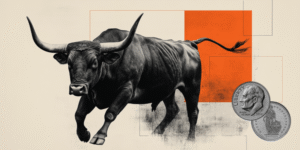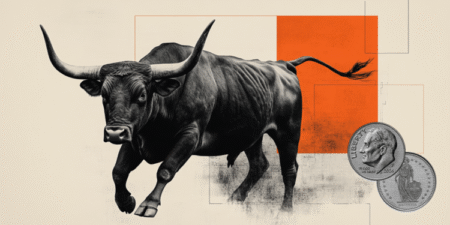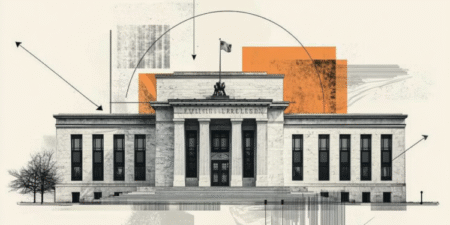- USD/CHF edges higher as the US Dollar appreciates, potentially driven by a technical correction.
- Trump’s import tariff on steel and aluminum rose to 50%, effective at 04:00 GMT.
- The recent Swiss data reinforced the odds of the SNB delivering a 25 basis point rate cut in June.
USD/CHF remains stronger for the second successive session, trading around 0.8240 during the Asian hours on Wednesday. The US Dollar continues to gain ground against its peers, potentially due to a technical correction. However, the “Sell America’ trend may limit the upside of the Greenback and the pair.
Traders await the potential meeting of US President Donald Trump and Chinese President Xi Jinping to resolve trade disputes. Any positive development surrounding the US-China trade disputes could improve the market sentiment. However, the two world’s largest economies have recently accused each other of breaching the tariff truce reached earlier this month.
On the US data front, Job Openings and Labor Turnover Survey (JOLTS) Job Openings posted 7.39 million new positions in April, higher than March’s 7.2 million openings. This figure surprisingly came in above the market expectation of 7.1 million.
US ISM Services Purchasing Managers Index (PMI) survey results are due on Wednesday, and a slight recovery is expected in aggregate business operator sentiment. Traders will shift their focus toward the US Nonfarm Payrolls (NFP) report for May, which is expected to show 130K job additions.
However, the upside of the USD/CHF pair could be restrained as the Swiss Franc (CHF) may receive support from safe-haven flows amid growing global economic uncertainty. Trump’s double import tariff on steel and aluminum, increasing from 25% to 50%, came into effect on Wednesday at 04:00 GMT.
Data showed on Tuesday that the Swiss Consumer Price Index declined by 0.1% year-on-year in May, slipping below the Swiss National Bank’s (SNB) 0-2% target range and marking the first deflationary reading since March 2021.
Monday’s data showed that Swiss GDP grew by 0.5% quarter-on-quarter in the first quarter, improving from a revised 0.3% in Q4 of 2024. However, the Swiss economy fell short of the preliminary expectations of 0.7% growth. Traders expect the Swiss National Bank (SNB) to deliver a 25 basis point rate cut, bringing down the interest rate to 0% from the current 0.25%, with odds of moving into negative territory in the upcoming meeting.
SNB FAQs
The Swiss National Bank (SNB) is the country’s central bank. As an independent central bank, its mandate is to ensure price stability in the medium and long term. To ensure price stability, the SNB aims to maintain appropriate monetary conditions, which are determined by the interest rate level and exchange rates. For the SNB, price stability means a rise in the Swiss Consumer Price Index (CPI) of less than 2% per year.
The Swiss National Bank (SNB) Governing Board decides the appropriate level of its policy rate according to its price stability objective. When inflation is above target or forecasted to be above target in the foreseeable future, the bank will attempt to tame excessive price growth by raising its policy rate. Higher interest rates are generally positive for the Swiss Franc (CHF) as they lead to higher yields, making the country a more attractive place for investors. On the contrary, lower interest rates tend to weaken CHF.
Yes. The Swiss National Bank (SNB) has regularly intervened in the foreign exchange market in order to avoid the Swiss Franc (CHF) appreciating too much against other currencies. A strong CHF hurts the competitiveness of the country’s powerful export sector. Between 2011 and 2015, the SNB implemented a peg to the Euro to limit the CHF advance against it. The bank intervenes in the market using its hefty foreign exchange reserves, usually by buying foreign currencies such as the US Dollar or the Euro. During episodes of high inflation, particularly due to energy, the SNB refrains from intervening markets as a strong CHF makes energy imports cheaper, cushioning the price shock for Swiss households and businesses.
The SNB meets once a quarter – in March, June, September and December – to conduct its monetary policy assessment. Each of these assessments results in a monetary policy decision and the publication of a medium-term inflation forecast.
Read the full article here















